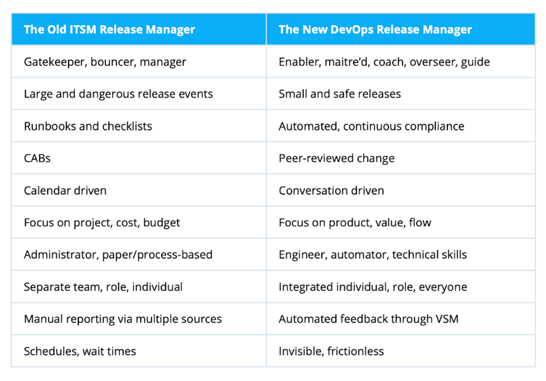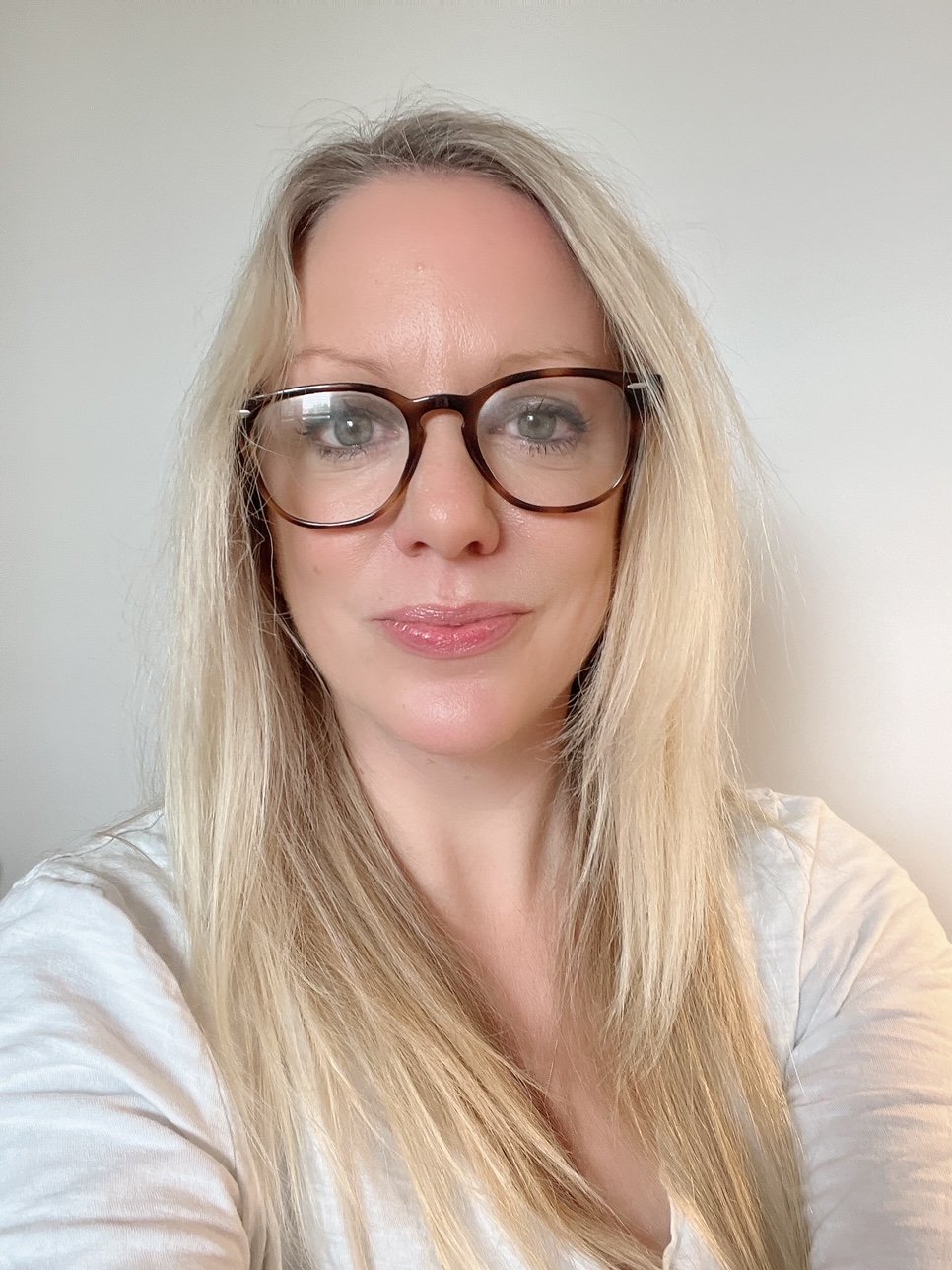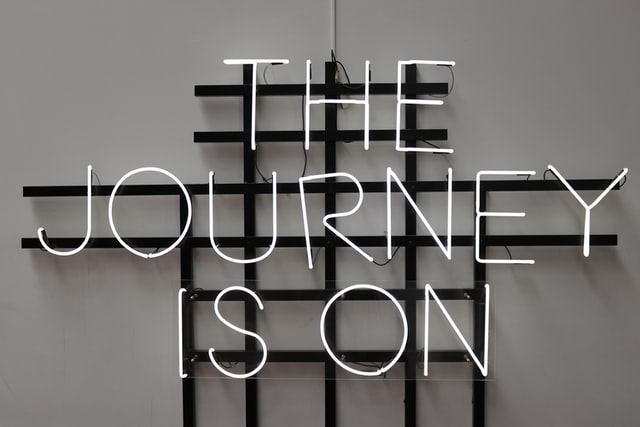In our very first episode of The Flow Sessions, our flagship webinar series hosted by VSMC board advisor and value stream lead, Steve Pereira, we had a conversation with Value Stream Mapping legend, Karen Martin about value stream thinking. It was a very lively session, with many more questions than we were able to address in the session. In this post, I tackle the questions that relate to the human elements of value stream management.
Questions:
Ellen: When doing Value Stream Mapping workshops, we've found some members can feel "precious" over certain activities so struggle to point out "non value added" time/steps/activities, do you have any tips?
Some further context: we have been doing this on smaller, internal value streams - perhaps this affects the outcome of this step since our "customers" are a little more ambiguous?
Nobody likes having their baby called ugly, nor do we like it when we are told our work doesn’t matter which is effectively what we say when it’s not value-adding - is it worthless? Of course not! It’s currently essential to the delivery of value to our customers BUT we should seek to reduce or eliminate non-value activities where possible. We need to reframe this as an opportunity for the people completing these steps in the value stream. Frequently, these steps can be heavily manual, onerous, boring even. In digital value streams, we automate these tasks away. Take release management as an example. In progressive release management, the release manager evolves from gatekeeper to guide (see table below). This is an exciting time to reinvent themselves, their work and their career path that benefits the value stream team and the organization. Organizational performance is about individual’s contribution and therefore the joy and happiness they find in work. Leaders need to help everyone find and meet their potential in the roles.

Ali: How to do you tackle the naysayer in the group, the person that says it can't be done?
There’s always one, isn’t there? Actually there’s about 16%. It’s part of the job of a change agent, dragging an organization through the digital revolution, to understand who they’re dealing with and bring people on the journey. Geoffrey Moore’s ‘Crossing the Chasm’ work is so helpful here - take a look at this:
Moore wrote about how organizations adopt technology, but you can apply this equally to people adopting ways of working. Your naysayer is your skeptic. Skeptics are important because they show us our weaknesses and risks and give an opportunity to address them. They also don’t have to stay skeptical.
You can use stakeholder mapping techniques to identify where the people you work with sit in terms of their understanding and emotional buy-in to the change you are driving. And how to change their minds. Our partner, DevOps Institute’s DevOps Leader course goes into this in more detail.
John: To sustain continuous improvement, do you think it is a mindset? I wonder if leaders don't agree with that and don't know how much burden there is to implement the way of thinking, not just the activity.
I don’t really subscribe to the concept of mindset. I subscribe to neuroplasticity. Leaders need to make space for people to learn and practice VSM. VSM is a system of continuous improvement as are most progressive ways of working. The space is needed for people to have time to stop just making new things and executing the existing processes and instead learn to find better ways of making new things. If they don’t, they are creating cultural debt which will be very costly in the long run.
Parul: Who in the financial services sector practices VSM?
Check out these case stories. Our VSM Foundation course includes 25 case stories - This course is provided free of charge as self-paced learning to all of our members. To find out more about becoming a VSMC member, go here. Here are some financial services stories for your pleasure!

Helen Beal
Helen is the CEO and chair of the Value Stream Management Consortium and co-chair of the OASIS Value Stream Management Interoperability Technical Committee. She is a DevOps and Ways of Working coach, chief ambassador at DevOps Institute, and ambassador for the Continuous Delivery Foundation. She also provides strategic advisory services to DevOps industry leaders. Helen hosts the Day-to-Day DevOps webinar series for BrightTalk, speaks regularly on DevOps and value stream-related topics, is a DevOps editor for InfoQ, and also writes for a number of other online platforms. She is a co-author of the book about DevOps and governance, Investments Unlimited, published by IT Revolution. She regularly appears in TechBeacon’s DevOps Top100 lists and was recognized as the Top DevOps Evangelist 2020 in the DevOps Dozen awards and was a finalist for Computing DevOps Excellence Awards’ DevOps Professional of the Year 2021. She serves on advisory and judging boards for many initiatives including Developer Week, DevOps World, JAX DevOps, and InterOp.









Comments 0